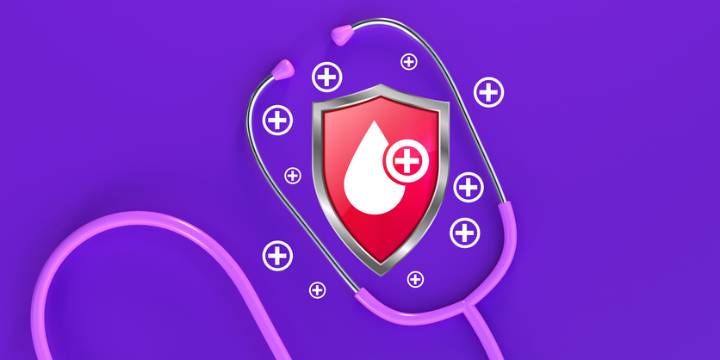In recent years, diabetes management has undergone a remarkable transformation with the rise in continuous glucose monitors (CGMs). These devices present patients with an easier way to maintain glycemic levels over the traditional finger prick approach. However, a deeper understanding of this category of devices, and what they are measuring, is critical for optimal diabetes management.
Traditional finger prick devices, called blood glucose monitors or BGMs, have been commercialized for decades and directly measure glucose from the blood capillaries in one’s finger. While they are very accurate, they only provide a single reading at a point in time, so it is not possible to know if the glucose is rising or falling and how rapidly. Alternatively, commercial CGM devices measure glucose with

 MedCity News
MedCity News

 The US Sun Health
The US Sun Health CNN
CNN Best Life
Best Life The Gazette
The Gazette ABC 7 Chicago Health
ABC 7 Chicago Health Raw Story
Raw Story Tampa Bay Times Sports
Tampa Bay Times Sports North Denver News
North Denver News The Augusta Chronicle
The Augusta Chronicle NBC Chicago Entertainment
NBC Chicago Entertainment